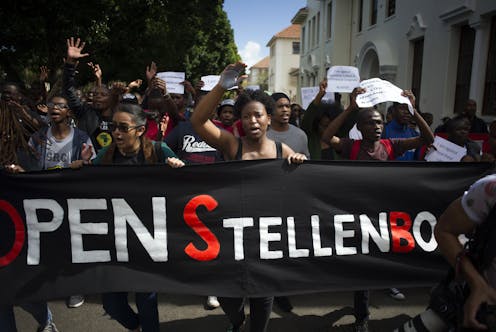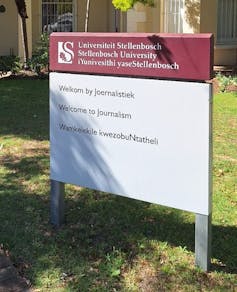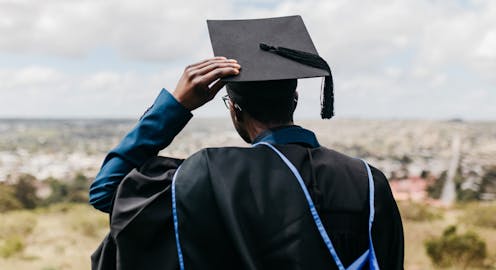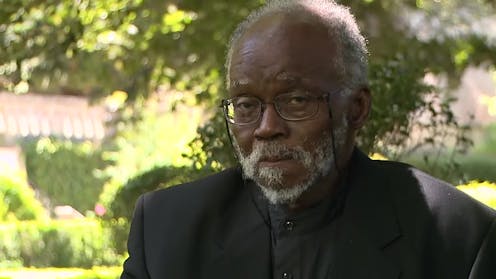Source: The Conversation – Africa – By Alexander Richard Braczkowski, Research Fellow at the Centre for Planetary Health and Resilient Conservation Group, Griffith University
Lions are a symbol of Africa’s last wild places. It’s a species central to many of the continent’s cultures and religions. But lion populations have reportedly declined over the past 50 years, especially in parts of west and east Africa.
Concern over this decline has prompted large financial commitments to shore up numbers. These investments must go hand in hand with the critical work of closely monitoring lion populations. It’s important to understand how their numbers and their distribution respond to conservation actions such as anti-poaching, managing conflicts with cattle farmers, and securing protected areas.
Many traditional methods used to count lions can produce unreliable results. And many existing estimates are based on assumptions about vast expanses which have not been surveyed.
We are researchers with over 50 years of combined experience in conservation, big cat ecology, and the complexities of people and wildlife living together. We have long suspected wildlife tourism rangers operating within our study locations in Uganda could help us find lions in hard-to-reach places and map their distribution. After all, tourism rangers are government employees whose primary role is to guide tourists in observing and photographing wildlife daily. They have a deeper understanding of animal behaviour than most others.
We therefore set out to study the efficacy of wildlife tourism rangers in collecting data necessary for estimating lion population numbers. We compared their performance to another commonly used field method to count big cats: remote infrared camera traps. We found that an approach led by wildlife rangers could be very useful in counting lions in many parts of their African range.
Counting the lions of the Nile River
As the morning sun rises on the banks of the River Nile in north-western Uganda, two wildlife rangers turn on their iPhones, preloaded with tracking software which will help them monitor where they have searched for lions. Lilian Namukose and Silva Musobozi head into the heart of Murchison Falls National Park. Here, their daily work is to locate and photograph the region’s largest predator: the African lion.
The study area is the Nile Delta region (255km²) of the park, Uganda’s largest protected area. The region flanks the upper reaches of the Nile River, Africa’s longest waterway. It is a biodiversity hotspot but faces immense human pressures, from commercial oil extraction and wire snare poaching.
Read more:
The fast, furious, and brutally short life of an African male lion
For these reasons it is critical to establish robust measures of how many lions still exist there, and develop monitoring schemes which will be long lasting.
Over 76 sampling days we collaborated with Namukose and Musobozi, who drove 2,939km searching for lions. At the same time, we deployed infrared camera traps across 32 locations in the same study area. This allowed us to compare how these two methods performed head-to-head in exactly the same study area and time period. What we measured was the number of individually identifiable lions through their unique whisker spot patterns, suitable for advanced scientific analysis called spatial capture-recapture modelling.
At the end of our survey period the rangers detected 30 lions 102 times, generating an estimate of 13.91 individuals per 100km² with acceptable precision. By contrast, the infrared camera traps could not reliably identify lions. There were only two usable detections because of poor image quality.
One of the most important results of our surveys was that the ranger-led survey was 50% cheaper than running camera traps, and each detection by a camera trap was 100 times more expensive than a detection by a ranger.
What rangers could mean for lion conservation across Africa
Our survey of Murchison’s Nile Delta region showed us two key things. First, rangers’ intimate knowledge of lion behaviour (especially specific thickets, and regions of high lion activity) helped us achieve high lion detection rates. Second, using tourism rangers as lion monitors gives rangers an entry point into the conservation science field.
This approach not only empowers rangers as active conservation stakeholders, but builds the local capacity that’s needed in many of the places where lions still roam. This science capacity is key if lion populations are to be monitored accurately and regularly (ideally yearly).
This is all the more critical in key source sites of lions in Uganda which have experienced significant declines in recent years, especially Kidepo Valley and Queen Elizabeth National Park. The current lion population in Uganda is estimated at 291 individuals, far lower than many other places in east Africa (the Maasai Mara alone holds about 400 lions).
Silva Musobozi, one of the rangers who did the fieldwork of the scientific study, adds:
Rangers are arguably the closest group to wildlife on the ground and have good knowledge of animal behaviour. Through capacity building and training, rangers can be better incorporated into the scientific and management process.
Nicholas Elliot of Wildlife Counts in Nairobi, Kenya, contributed to the research on which this article is based.
![]()
Alexander Richard Braczkowski receives funding from Northern Arizona University and Griffith University.
Duan Biggs is a member of the IUCN (World Conservation Union).
Arjun M. Gopalaswamy and Peter Lindsey do not work for, consult, own shares in or receive funding from any company or organisation that would benefit from this article, and have disclosed no relevant affiliations beyond their academic appointment.
– ref. Counting Uganda’s lions: we found that wildlife rangers do a better job than machines – https://theconversation.com/counting-ugandas-lions-we-found-that-wildlife-rangers-do-a-better-job-than-machines-244206






